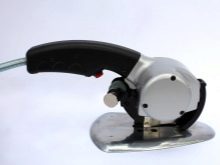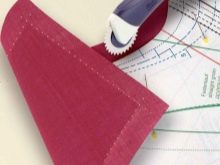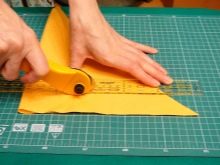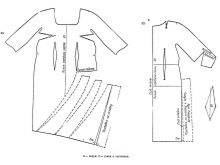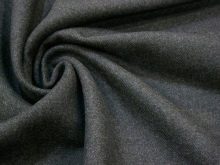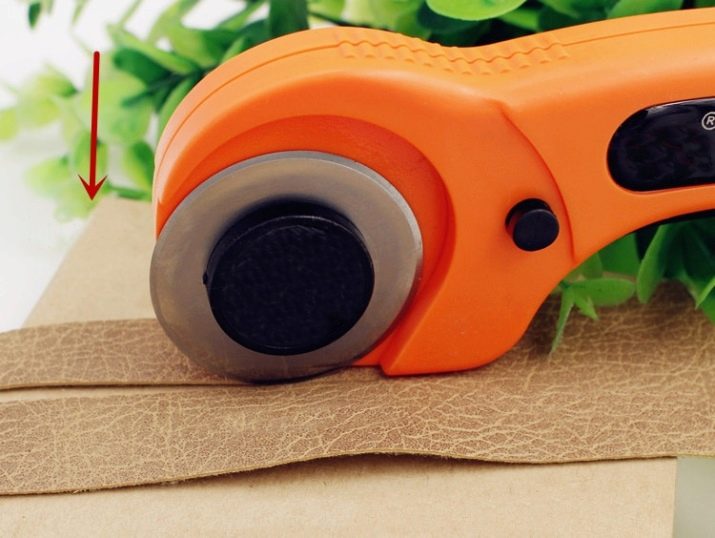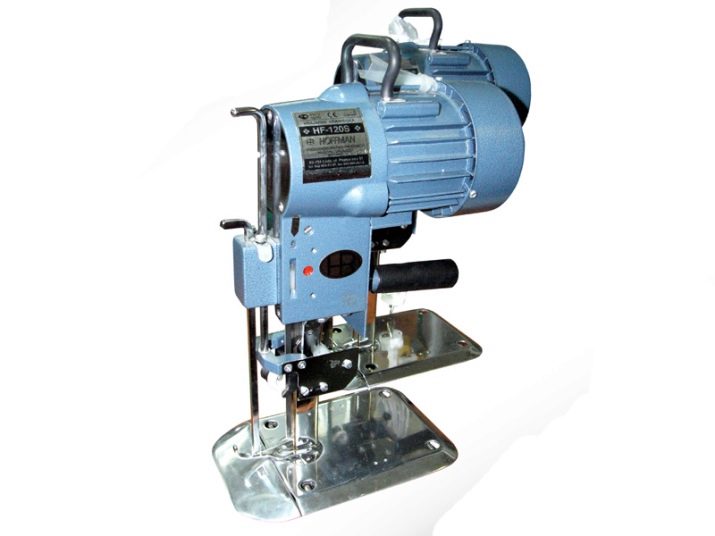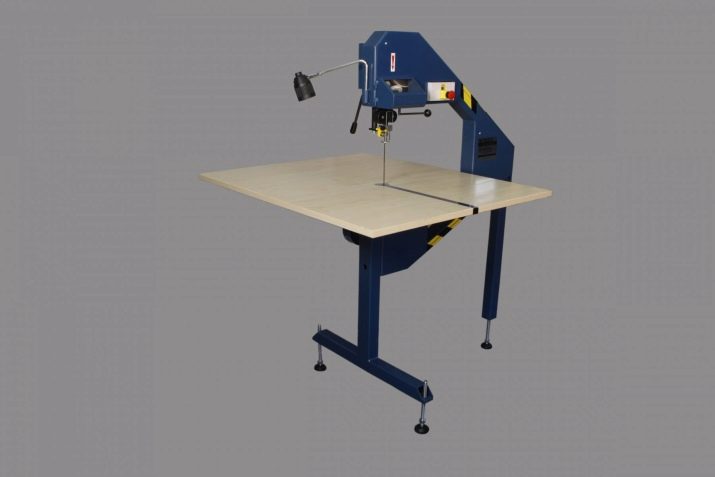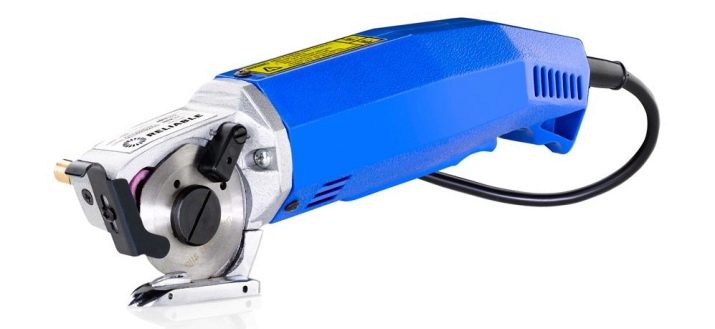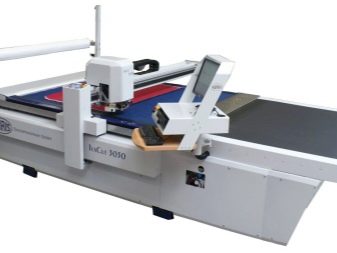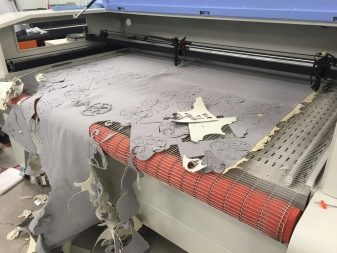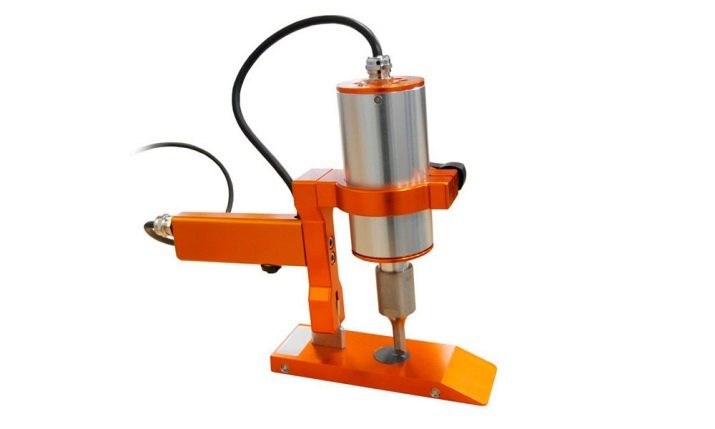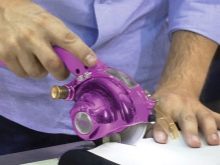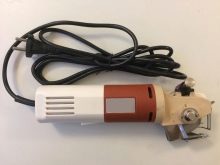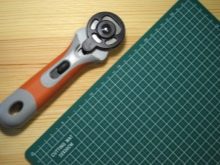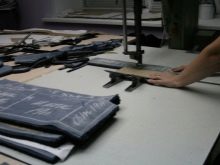Each person professionally engaged in cutting and sewing, faced with the problem of choosing a knife for cutting fabric. In the modern sewing market, these devices are presented in a variety of ways, which often confuses inexperienced tailors.
In order not to be mistaken in choosing such a knife for cutting fabric, one should get acquainted in advance both with all the varieties of products and with the peculiarities of their selection and use.
All these nuances will be discussed in detail in our article.
Tool features
The cutting knife replaced the traditional scissors in the field of tailoring thanks to a number of tool properties that make it much more efficient to work than tailoring scissors. These characteristics include the following.
- The cutting speed of the material is much faster. This is because the movement of the hand while using the knife is much simpler.
- If each layer of fabric is cut with scissors separately, then the knife can cut several layers of matter at once.
- Such a tool is not blunt. The blades of most models are self-sharpening, due to which the life of the device is quite large.
- Using a knife is easier to cut complex patterns and shapes on the fabric.
- Unlike scissors, this knife is easy to cope with dense material, such as leatherette or drape.
Kinds
In addition to the characteristics common to all products, the knives for cutting also have a number of individual characteristics, depending on what type of tools they belong to. The following types are distinguished among such garments.
- Disc knife or roller is one of the most sought after. Its blade has a round shape and cuts the material by turning it around its axis in the process of moving the handle. On the body of such a knife, as a rule, there is a platform with rollers adjacent directly to the surface of the fabric. This additionally ensures the evenness of the cut. If there are small rounded lines in the sketch, it will be difficult to cut them with such a tool.
Many tailors prefer it because it can be purchased at affordable prices, especially when it comes to the model with a mechanical type of control. A more modernized electric version of the roller knife is more convenient, but it will cost more. Such a model is often used for patchwork.
- Vertical knife, also called saber, used for vertical cutting. The main issues for the use of such devices are synthetic fabrics, as well as fabrics that resist when the blade moves horizontally along its surface. They can wrinkle, form assemblies and deform. These knives are quite overall and differ in the characteristics of the blade oscillation frequency and engine power. Tailors from sewing workshops mostly prefer working with them.
- One of the varieties of large tailors knives. It is a kind of machine mainly used in factory production. The blades of such a knife are so powerful that they can cut, in addition to the usual fabric, also very dense matter, as well as foam rubber and even wood.
- To cut out small pieces of fabric that require particularly hard work, you should use such a circular knife as adjustingwhich is created according to the disk model. Often such a small-sized tool is used on delicate matters.
- The most expensive device for cutting fabric is laser knife It prevents the shedding of fabric fibers in the process of cutting and is able to cut a matter folded several times, even along a complex trajectory. Such equipment is used mainly in factories.
- By analogy laser device on accuracy is an ultrasonic tailor's knife. However, due to the not-so-large dimensions, it may even be present in the arsenal of the home cutter. The device works when connected to a wall outlet. It is suitable for cutting leather and other dense fabrics.
How to choose?
To choose the cutting knife model that suits you best, you need to take into account a number of nuances when choosing.
- The frequency of operation of the tool. For one-time or rare cuttings, completely different knives are needed than for permanent tailoring activities.
- Consider the material with which to work. A knife used for coarse or thick matter can simply chop up thin fabrics.
- Keep in mind that the number of layers of fabric in the cutting process also plays an important role, since not all models of the blade can cut several layers at the same time.
- Carbon steel should be used as the main raw material for the blades. An important feature is their ability to self-sharpening.
- The size of the knife for cutting is important for the convenience of the process. Too bulky models will only complicate the work with the material.
- Pay attention to the shape of the blade. There are straight types, and also made in the form of a zigzag. It will depend on the type chosen how the edges of the fabric will remain after the cut.
- When choosing between manufacturers, give preference to large firms whose products have already proven themselves in the sewing market, since products of little-known companies often turn out to be of lower quality.
- The diameter of the blade is determined by the degree of complexity of the pattern. If you have to cut small parts of a single layer of fabric, then take the device with a small blade. But if you need to cut several layers at once on a large sketch, then you can stop the choice on knives with a larger blade.
- To make the process of work as safe as possible, stop the choice on such blade variants that are covered with a plastic or rubber cover as much as possible.
- Pay attention to the pen holder as comfortable as possible. For many models for home use, this part of the design is not quite convenient, which can lead to errors when cutting the fabric.
When choosing electrical models, consider such a parameter as the quality of the insulation of the device.
How to use?
To make the process of cutting the fabric more productively and accurately, one should not forget that it requires adherence to a certain sequence of actions, some of which involve the direct use of a knife.
- To protect the working surface from the blades of the knife in the cutting process, place a special mat under the fabric. It is worth remembering that with each new cutting mat should be replaced. But you can buy a special rug made of plastic. It is resistant to the formation of traces of a knife, and over time they can even drag out. Therefore, the acquisition of such a reusable accessory will significantly save your resources.
- Place the fabric on the rug so that its bottom edge is aligned with the longitudinal marking of the rug.
- To level the edge of the fabric, in addition to the knife, you need to use a ruler. It is placed a couple of centimeters from the edge, holding it by the hand. In the other hand, you need to hold the knife and cut the fabric along the ruler, strongly pressing the blade. The incision should be made only in one direction.
- Use the device as carefully as possible, do not place your fingers too close to the blades, as they are quite sharp and can hurt you in case of careless movement. Also make sure that in the course of work there are no pets and small children nearby.
- After cutting, the blades of the knife may become hot, so first of all let the equipment cool down. Then be sure to remove the cloth particles from the blade.
Thus, in tailoring, the knife is an essential accessory for cutting the necessary parts from various fabrics. It not only allows you to do this work quickly, but also helps to preserve fabric fibers as much as possible. therefore It is very important to make the right choice when purchasing this device.
The performance of the saber knife can be estimated right now.


